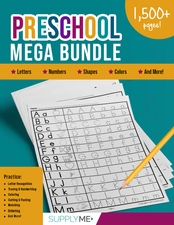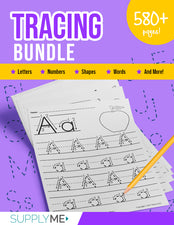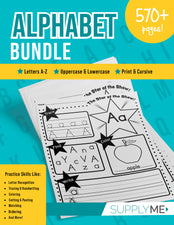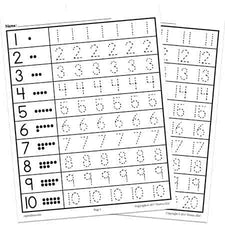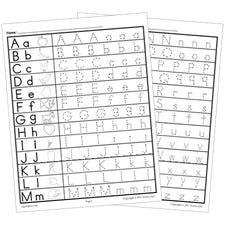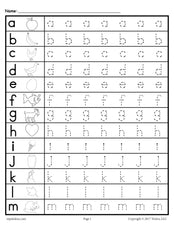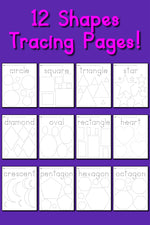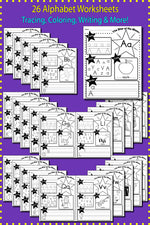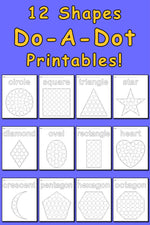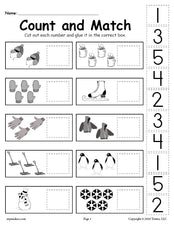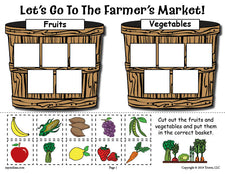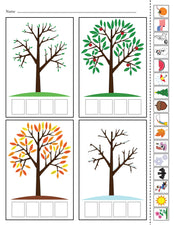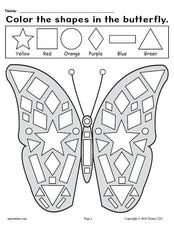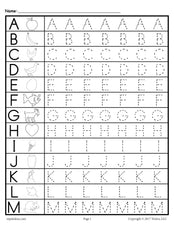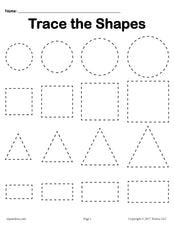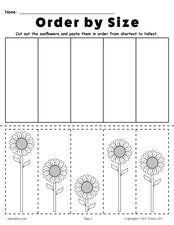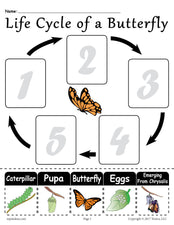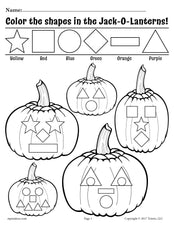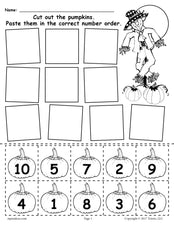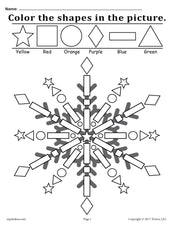Learning To Tell Time Flip Book

While your students should not be expected to master the skill of telling time in their preschool years, it's never too early to introduce them to the basic ideas and skills needed for future exploration. Jo Kramer, experienced early childhood educator and creator of the website Making Learning Fun, offers a spectacular flip book printable that your students can use to familiarize themselves with both digital and analog clock displays as well as learn to tell the time "on the hour".
Of course, you don't want to overwhelm your students so here are a few basic concepts your students should understand before using this exciting learning tool:
- Numeracy. Make sure your preschoolers are able to count to and recognize numbers one through twelve.
- Passage of Time. Review the terms used in measuring the passage of time: year, month, week, day, and finally make sure students understand the concept of an hour. Have students determine how many big numbers are on an analog clock and explain that when the short (or hour) hand moves from one big number to the next, an hour of time has passed. Make it relevant by discussing things that can be done in an hour (e.g. two episodes of Dora the Explorer, etc.). When students are comfortable with hours, move on to minutes, then seconds.
- Analog v. Digital. Make sure your students can recognize both analog and digital clocks. Introduce the parts of an analog clock. (In learning to tell time "on the hour", students will only need to be aware of the movement of the hour hand, but a working knowledge of the minute hand is also important.) Don't assume that digital clocks present a "no-brainer" for telling time. Make sure students understand what each number represents.
An understanding of these basic concepts will lay the foundation for confident 'time tellers'! Be sure to visit Jo's site for this great printable and other helpful resources!
Happy time telling!
